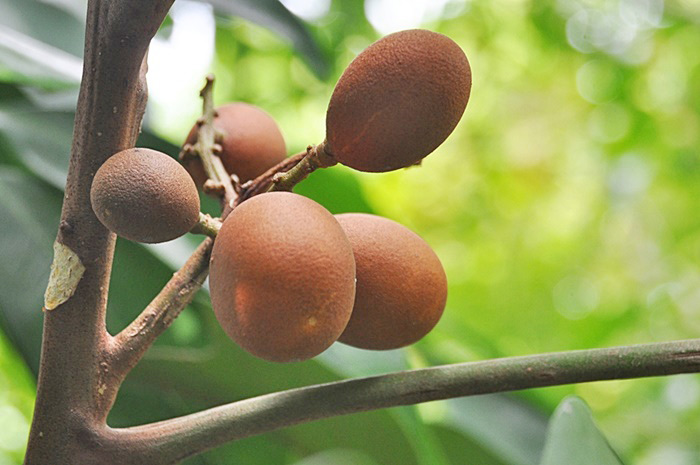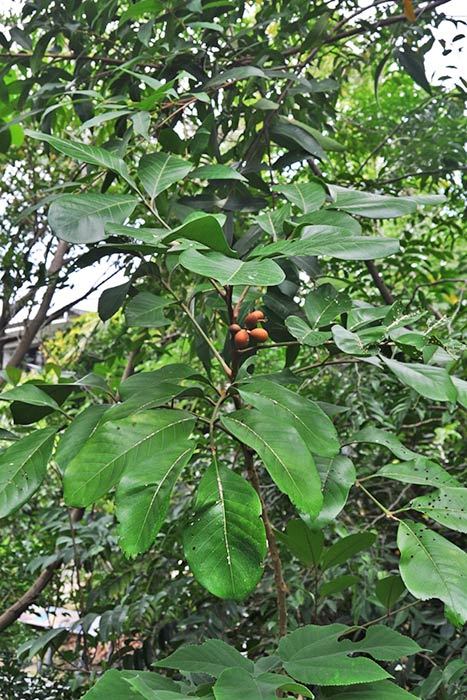Aglaias elliptifolia
The large-leaved aglaia is an evergreen tree or shrub found in the southern and eastern coastal regions of Taiwan, primarily on the Hengchun Peninsula, with traces also visible on Orchid Island.
Compared to other aglaia species, the large-leaved aglaia has significantly larger leaves, hence its name. The most distinctive feature of the large-leaved aglaia is its elliptical leaflets. Its odd-pinnately compound leaves are arranged alternately, with a deep green color and a glossy sheen, appearing even more vibrant under sunlight.
The large-leaved aglaia is robust, easy to care for, and highly adaptable to its environment. As long as winter temperatures do not drop below 10°C, it can thrive throughout Taiwan. As a result, it is often cultivated by gardening enthusiasts as an ornamental tree, providing long-lasting shade and aesthetic value. Its tolerance to pruning also allows it to be shaped into various elegant tree forms, enhancing the richness of garden landscapes, making the large-leaved aglaia highly favored in horticultural cultivation. In summer, it produces small yellow or yellow-green flowers, which though inconspicuous, emit a subtle fragrance. The mature fruit is a berry, appearing in orange-yellow or red hues, and also possesses a certain ornamental value.
The Tao people on Orchid Island call the large-leaved aglaia “maraboa,” which means “four legs up,” and use it to make boat paddles or house pillars. The Paiwan people on the Hengchun Peninsula refer to this plant as “kalici na cumay.” “Cumay” means “dark-faced” in the Paiwan language and is often used as a synonym for “Taiwan black bear,” but it is also sometimes extended to mean “devil.” ‘Kalici’ means “testicles,” an association derived from the shape of the fruit.

